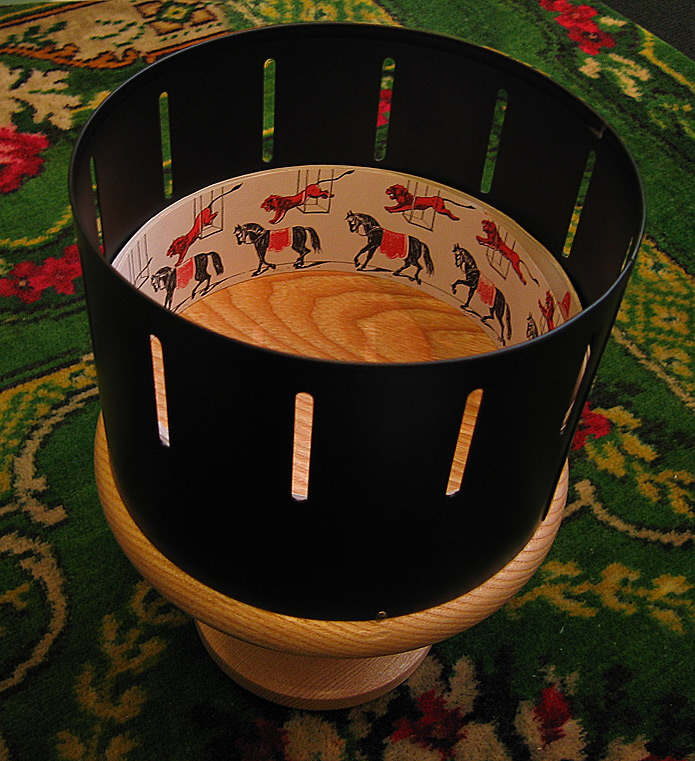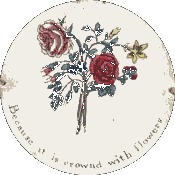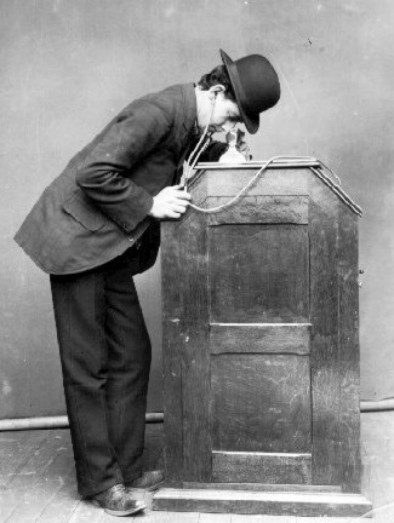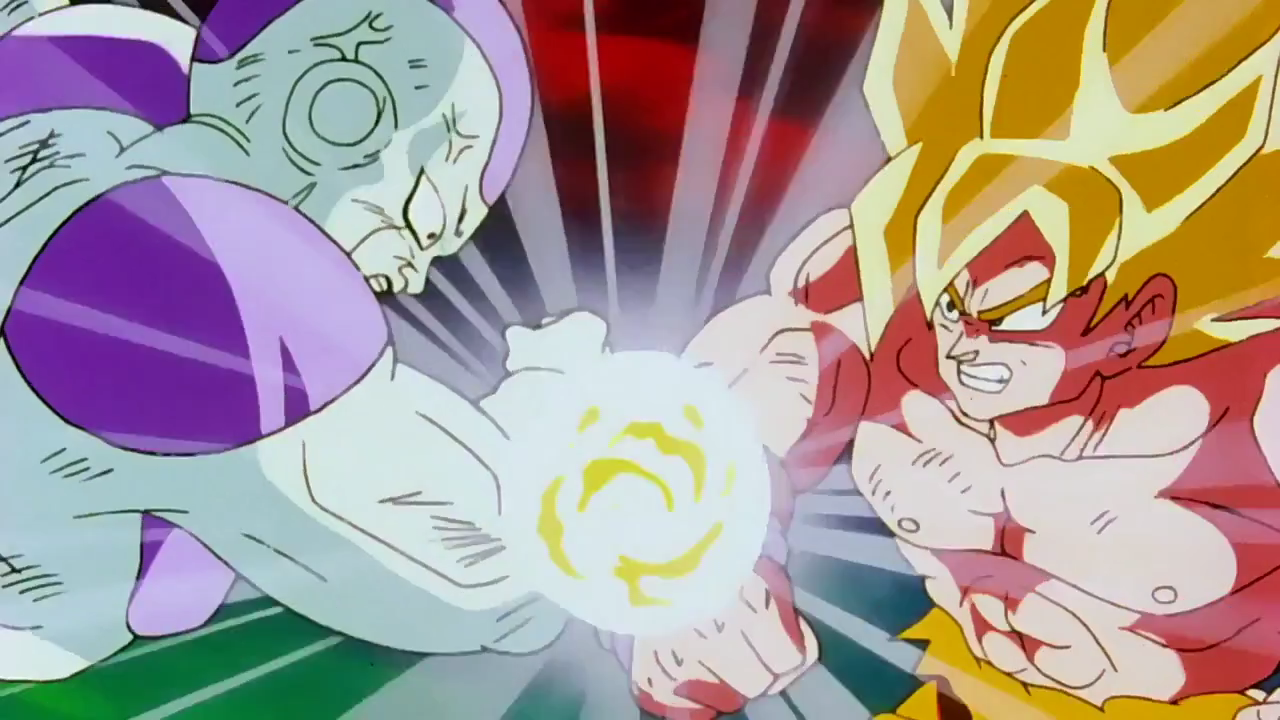Using Pencils and different techniques
I was asked to create 2 of my own versions of the 7 different techniques. I had chosen to recreate depth and scale. To show depth I had tried to create a train track that had the illusion of it getting further away. To further show off the appearance of depth I could have made the train tracks become more narrow down the path. In a attempt to show scale I had made the cup have darker lines than the fork to show that the cap is closer to the eyes rather than the fork.
 |
| My attempt at Depth and scale techniques. |
Materials,
Techniques and Processes Analysis sheet
Material/Technique/ Process Name: Pencil/seven basic pencil strokes/Research
 |
| http://static1.jetpens.com/images/a/000/052/52677.jpg |
Variations or types i.e. 2B 2H pencil or shape/motion
tweening
2B, 2H, HB
How do you use the material/ Step by step instructions for
technique or process?
To use a pencil you would need to hold it in your hand and
fingers to adjust it to your hand to feel more comfortable so that you have a grasp of the pencil and then you would put
some pressure against the sharp end of a pencil to a piece of paper.
Relevant dimensions or constraints
Hexagonal Prism joined to a Hexagonal cone. The constraints to a pencil is the amount of work you can do with it's limited resource of graphite. It also has the constraints of your imagination and the skill of using a pencil.
Linked techniques
Pen, Colouring pencils.
Health and Safety issues related to Material, Technique or Process
Health and Safety issues related to Material, Technique or Process
Pencils have to be used responsibly by the users and not to
be messed with other than their original purpose.
Evaluation (How you found exploring each Material,
Technique or process)
I was asked to show my ability of the seven basic pencil strokes. I have found this quite hard to show at first, as I had no ideas in mind. Using my ability I believe that I have been able to convey 2 types of techniques. I had found that using a pencil for drawing is more effective than using a pen, as a pencil allows you to make mistakes and change them after.
I was asked to show my ability of the seven basic pencil strokes. I have found this quite hard to show at first, as I had no ideas in mind. Using my ability I believe that I have been able to convey 2 types of techniques. I had found that using a pencil for drawing is more effective than using a pen, as a pencil allows you to make mistakes and change them after.
Materials,
Techniques and Processes Analysis sheet
Material/Technique/ Process Name :
Pen/Hatching/Research
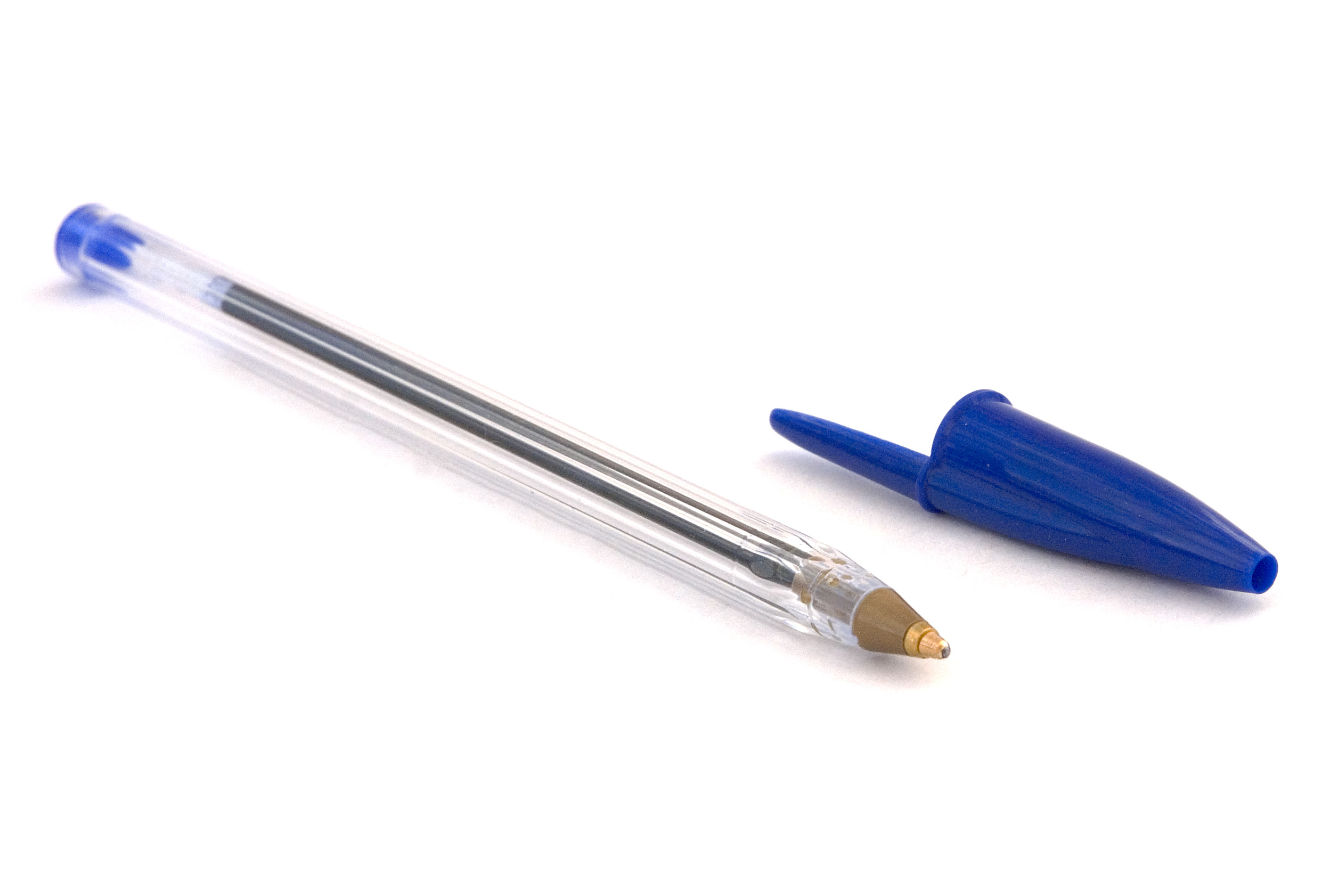 |
| http://upload.wikimedia.org/wikipedia/commons/e/e1/03-BICcristal2008-03-26.jpg |
Variations or types i.e. 2B 2H pencil or shape/motion
tweening
Ball point, ink, gel, fineliners.
How do you use the material/ Step by step instructions for
technique or process?
Hold the pen appropriately in you hand like you would with a
pencil and then attempt to try different techniques like hatching,
cross-hatching and dashes.
Relevant dimensions or constraints
Hexagonal Prism joined to a Hexagonal cone. The constraints to a pen would be reliability a pen could give and also that if you made a mistake with one then you would not be able to rub it out with a rubber.
Linked techniques
Pencil, stippling, wavy lines, scribbles.
Health and Safety issues related to Material, Technique or
Process
Pens have to be used responsibly by the users and not to be
messed with other than their original purpose.
Evaluation (How you found exploring each Material,
Technique or process)
I had found using a pen quite different then usually using a
pencil. This is because of the differences in view on paper and the effect it
can give off to people who look at it. Hatching is a technique that I am not used to trying and I had found it a great experience to refresh my skills of art, whilst using a pen.
Paper Prototyping
I had to create and develop 3 Seamless textures in photoshop in order to practice my experience with the technique. The image above was my first test to attempt to create seamless textures. I had found this very hard to do, mainly because the tutorial for creating seamless images was out of date, using an older version of Photoshop. It was also hard to get it to work with the image as it would start to blur when I had attempted to create it. To create the seamless texture I had to change the offset of the image and then use the clone stamp tool in order to get a smoother texture than 2 straight lines overlapping the image.
Pen techniques
After working on pencil techniques I had moved onto pen techniques and how pens can be useful to display a object in a different way. The worksheet was meant to test me of my skill using a pen and show me the type of techniques there are. I then had to attempt to cluster several objects together and draw the shadows using a pen. I had found this fairly simple to do with the blocks that I had chosen as the shadows were not too complicated to draw against the line of light.
 |
| My attempt to draw pen techniques. |
 |
| My attempt at using a pen to create shadows covering several images. |
Paper Prototyping
Before creating a website it may be necessary to create a prototype using paper, as you can get a feel for how the website would work if it was created. In lesson I was told to create a prototype of a website for 'Poetry Slam'. This was to show me an understanding into how a website works when using hyperlinks and also the potential problems that may appear during the websites running. Potential problems may include; inability to return to home page, dead-end pages, broken hyperlinks, Text boxes not working and any problems that you may not originally thought would appear when someone would test the website.
Materials, Techniques and Processes Analysis sheet
Material/Technique/ Process Name : Paper/prototyping/ Paper prototyping
Variations or types i.e. 2B 2H pencil or shape/motion tweening
Virtual prototype
How do you use the material/ Step by step instructions for technique or process?
For someone to paper prototype a website, they must first get a piece of paper and change it to landscape. Then they can start to draw out how they believe the website to look. They could then use sticky notes to notify someone of hyperlinks that may appear on that website. The creator should have several of these that go to each link on the website, so when someone tries out a website, they can have a feel of what the website will feel like.
Relevant dimensions or constraints
An A4 or any chosen size to work upon. Constraints to this is that you wouldn't know how it works on the actual internet as it is just a test version. Making a paper prototype could also be time consuming.
Linked techniques
Health and Safety issues related to Material, Technique or Process
Paper Prototyping can be messy, but I do not believe that there are any serious hazards with paper prototyping.
Evaluation (How you found exploring each Material, Technique or process)
I had found paper prototyping an extremely useful tool into understanding how the end user will visit my prototype website. By understanding this, it will allow me to make my work overall better for the end user. Understanding processes like hyperlinking and making sure that they would work on the world wide web is a valuable tool to help you further on in the process.
I had found paper prototyping an extremely useful tool into understanding how the end user will visit my prototype website. By understanding this, it will allow me to make my work overall better for the end user. Understanding processes like hyperlinking and making sure that they would work on the world wide web is a valuable tool to help you further on in the process.
Poetry Slam thumbnail website design
After creating the paper prototype, it was important to make sure to create several final designs, called thumbnail designs, to be able to compare and think about what ideas are best for a website.
 |
| My original designs for the Poetry Slam website design using thumbnails. This allowed me to look at several designs and compare them against each other. |
 |
| I then narrowed it down to the best 4 that I believed to either work the best or would be visually appealing to the end user. |
 |
| I chose this design for its simplistic, but interactive design that I believe would work the best for the target audience of teachers. |
Materials, Techniques and Processes Analysis sheet
Material/Technique/ Process Name : Paper/Thumbnail Drawing/Planning
Variations or types i.e. 2B 2H pencil or shape/motion tweening
website thumbnails and interface thumbnails.
How do you use the material/ Step by step instructions for technique or process?
To create thumbnails for planing then you must get a piece of paper to draw your thumbnails on. For the images to be thumbnails, they need to be quick rough sketches of a small size. This will allow you to draw several thumbnails onto a single piece of paper.
Relevant dimensions or constraints
An A4 paper generally, possibly A3. The constraint to thumbnail drawing would be that you will not be able to see how the overall product will work until it is made.
Linked techniques
Interface thumbnails
Health and Safety issues related to Material, Technique or Process
No serious Health and safety problems could occur whilst working on this technique.
Evaluation (How you found exploring each Material, Technique or process)
After using this technique I have found out that they can be useful for creating several thumbnails and help towards having a final design overall that has been review and compared against other designs.
After using this technique I have found out that they can be useful for creating several thumbnails and help towards having a final design overall that has been review and compared against other designs.
Seamless textures
 |
| How it looked before I edited it to be seamless. |
Materials,
Techniques and Processes Analysis sheet
Material/Technique/ Process Name: Building texture library/Seamless textures/Photoshop
Variations or types i.e. 2B 2H pencil or shape/motion
tweening
Illustrator, fireworks and flash.
How do you use the material/ Step by step instructions for
technique or process?
To create the texture using the technique, I had to; first find the image that I could use for a seamless texture, then I need to change the offset of the image so that it would overlay itself. Afterwards I would use the clone stamp tool in order to merge the edges together and make it seem like the same image.
Relevant dimensions or constraints
Constraints to using photoshop would be that the images you create require hard drive space, if there is no space left then you would not be able to save the image.
Linked techniques
Health and Safety issues related to Material, Technique or Process
Evaluation (How you found exploring each Material,
Technique or process)
I had found using the technique extremely hard and still find it hard to create.
Wire framing
When I began creating my wireframe website I had to get a template from the 960GS website, on which I imported into photoshop.
 |
| This is my first design when creating wireframes. |
I then made some changes to the wireframe to make it more enjoyable for the user, using the CRAP (Contrast, Repetition, Alignment and proximity). Because of the 960GS Template, I had found it easier to create the website wireframe.
For me to make improvement in my wireframes I must need to create smart targets that will have me research into popular designs.
Techniques showreel
For my showreel I wanted to show my experience with different types of techniques and processes. I started off with practicing my ability to draw faces using a pencil. I had set my project to be two elves who are looking at each other. I had got this influence from 'The Elder Scrolls: Skyrim' after recently watching it. Using techniques that I have learnt, I should be able to achieve making it.
I had drawn my project using the techniques: Shading and line art. I had used shading to give off a feeling of texture to the hair in the image. This would give the viewer a bit of imagination into how I was trying to percieve it. I also used shading for the eye to make it look rounded, unfortunately for me to be able use this in Photoshop I need to remove all the shading and then make the outlines more darker for the scanner to pick up the image.
This is how it looked when all shading was removed and the image was ready to put into Photoshop.
I had then imported the drawn image into photoshop and began editing it.
I had drawn my project using the techniques: Shading and line art. I had used shading to give off a feeling of texture to the hair in the image. This would give the viewer a bit of imagination into how I was trying to percieve it. I also used shading for the eye to make it look rounded, unfortunately for me to be able use this in Photoshop I need to remove all the shading and then make the outlines more darker for the scanner to pick up the image.
This is how it looked when all shading was removed and the image was ready to put into Photoshop.
I had then imported the drawn image into photoshop and began editing it.
I had then created a copy of the original, just incase I make a mistake then I would be allowed to go back to the original to start again. I then chose the magic wand tool to select the hair area on the left elf, but I had found one problem as there where holes in the lines from where the scanner did not pick them up, so I had to go over the image with the pen tool, which allowed me to continue on with my work. Afterwards I had deleted the inside area, so that it was an empty space. This allowed me to change the colour of hair to anything I had wanted.
Using the same magic wand technique I was able to cut out the face as well and begin applying colour to it. I had managed to find a skin texture and had overlayed the skin colour I had chosen. Afterwards I had started using different shades of the skin texture to show light and dark areas. I had picked a gem texture for the eyes, as I feel they will give off a shiny look.
I then did the same for the second elf in the photo, but this time had changed the skin texture from human skin to skin close to an elephants, as I wanted to give off the same effect as dark elf's within 'The Elder Scrolls: Skyrim'.
Using similar techniques and processes I had achieved to create a project in Unit 1 - Visual recording with my tutor James. Below is a video of the work I had been doing in Unit 1. For this work I had to create concept art for a story that I have created, which had started from mindmapping ideas following on, creating drafts, onto the final design, which in my opinion came out very well along with the research that I had done.

























